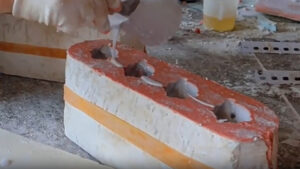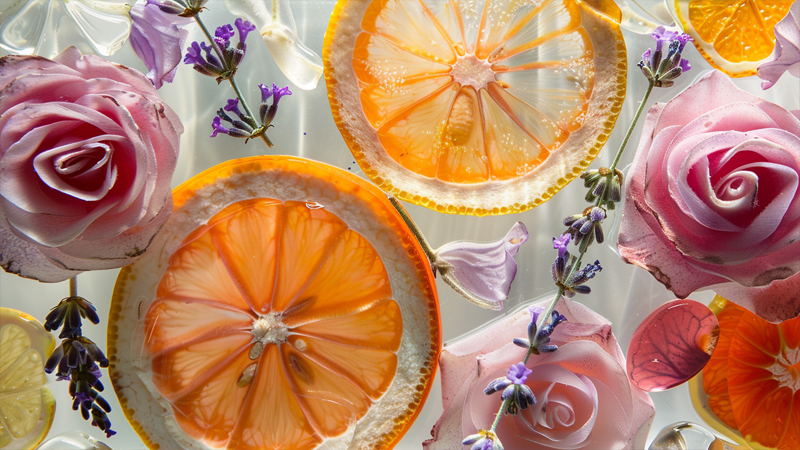
I once tried to preserve a rose from my grandmother’s garden in resin. It turned brown overnight. Heartbroken, I learned the hard way: nature needs prep work.
To preserve fresh flowers or fruit slices in resin:
- Dry flowers completely (silica gel works best)
- Seal fruits with a clear sealant
- Use UV-resistant resin
- Avoid thick layers
Let’s turn your floral dreams into lasting resin art—without the rot.
What are the best practices for preserving fresh flowers in resin?
Fresh flowers can add a vibrant touch to resin crafts, but they require special care to last.
Preserving flowers in resin starts with drying them properly. Using silica gel or pressing the flowers can prevent moisture from causing decay.
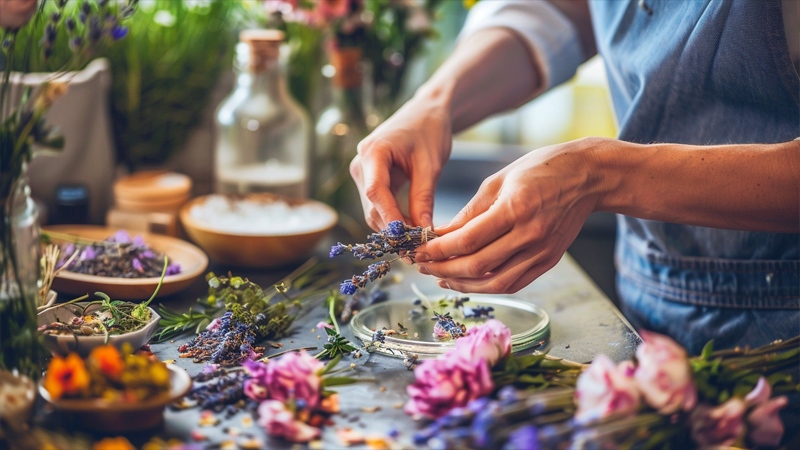
To preserve flowers in resin, the most crucial step is drying them thoroughly. Any moisture left behind can lead to mold growth, discoloration, or even rot over time. Here's a quick rundown of what you can do:
-
Drying Method: Flowers should be dried using silica gel1, air drying, or by pressing them. Each method helps remove moisture, ensuring the resin captures the flower at its best.
-
Avoid Excess Moisture: Make sure the flowers are completely dry before sealing them in resin. If you're unsure, a quick test is to gently squeeze the petals. If they feel moist or soft, they need more time to dry.
-
Air Circulation: Once your flowers are dry, consider placing them in an area with good airflow while they are being encapsulated in resin. This minimizes the chances of residual moisture causing issues.
Choosing the right flowers also plays a big part. Not all flowers are equally suited for resin. For instance, flowers with a lot of moisture content, like daisies or carnations, can have trouble staying fresh once sealed.
The Flower Whisperer’s Guide
Here’s how I keep blooms looking fresh forever:
- Choose the right flowers: Thick petals (roses, daisies) work better than thin ones (lilies).
- Dry with care: Microwave drying = crispy disasters. Air drying = patience pays off.
- Layer wisely: Pour resin in thin layers to prevent heat buildup, which can discolor petals.
A bride once cried when I preserved her bouquet. Not because it was perfect—because it captured the imperfect beauty of her day.
| Flower Type | Drying Time | Tips |
|---|---|---|
| Roses | 5-7 days | Remove excess moisture with a paper towel first |
| Daisies | 3-5 days | Spray with hairspray to hold shape |
| Lavender | 2-3 days | Dry upside down to keep stems straight |
How can you prevent decay when encasing fresh flowers or fruit slices in resin?
Preventing decay involves keeping moisture at bay and ensuring a proper curing process.
Using a low-viscosity resin, allowing the flowers or fruit slices to dry fully, and creating layers during pouring can significantly reduce the chances of rot.
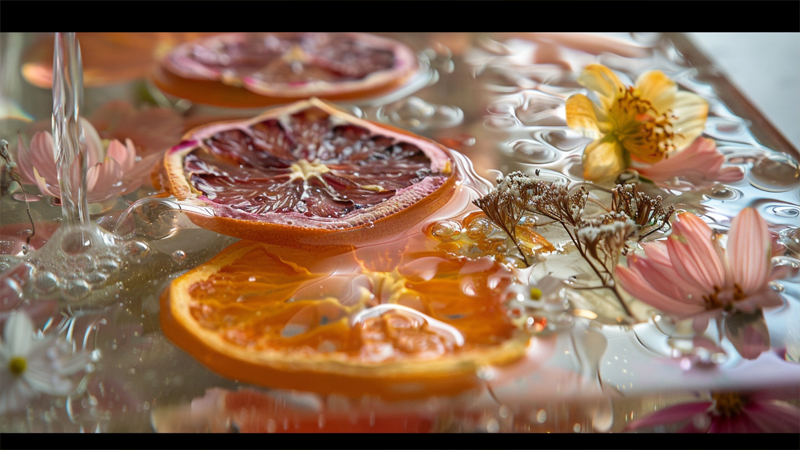
The process of encasing flowers or fruit slices in resin is as much about preventing decay as it is about the beauty of the final product. One key tip is to use a resin with low viscosity—this allows the resin to flow around the delicate petals or fruit slices more easily and reduces the chance of trapping moisture.
Layering the resin is another useful technique. Pouring in small layers gives each section time to cure properly, helping prevent bubbles and moisture buildup.
The Cure Time Matters
Resin needs time to fully harden, and if it’s not given enough time, you might risk trapping moisture inside. Be patient with the curing process. A typical curing period ranges from 24 to 72 hours, depending on the resin type, temperature, and humidity.
Additives for Preservation
Some resin formulations include additives that help control moisture, which can be incredibly helpful in ensuring your flowers or fruit slices stay fresh.
What types of flowers and fruits are best suited for resin preservation?
Choosing the right flowers and fruits can make all the difference in how well they preserve in resin.
Flowers like lavender and roses, and fruits with lower moisture content, such as lemons or apples, are ideal for preservation in resin.
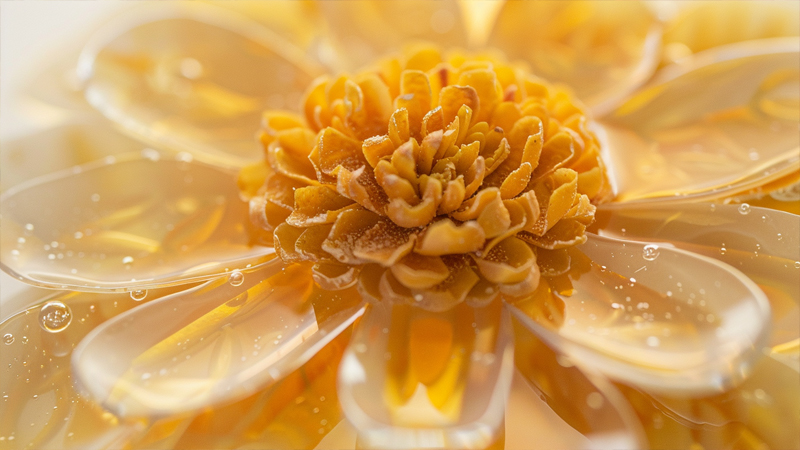
When selecting flowers and fruits for resin projects, moisture content is the number one factor. Flowers that are too moist will not hold up well over time, while fruits like apples and pears can become mushy if not treated right. For fruits, consider citrus slices or dried berries, as they provide a vibrant pop of color without the high moisture content.
Flowers with High Moisture
Avoid flowers like daisies and tulips if you want a long-lasting resin project. These flowers, while beautiful, contain high moisture levels, making them more prone to rot.
Dried vs. Fresh Fruit
Dried fruit like raisins and dried apples can perform better in resin projects than fresh fruit slices, as they are less likely to break down over time.
How can you enhance the longevity of resin crafts containing botanical elements?
Enhancing the longevity of your resin crafts requires careful handling and proper sealing.
To make your resin crafts last, use high-quality resin, add a protective coating, and keep the final pieces away from direct sunlight.
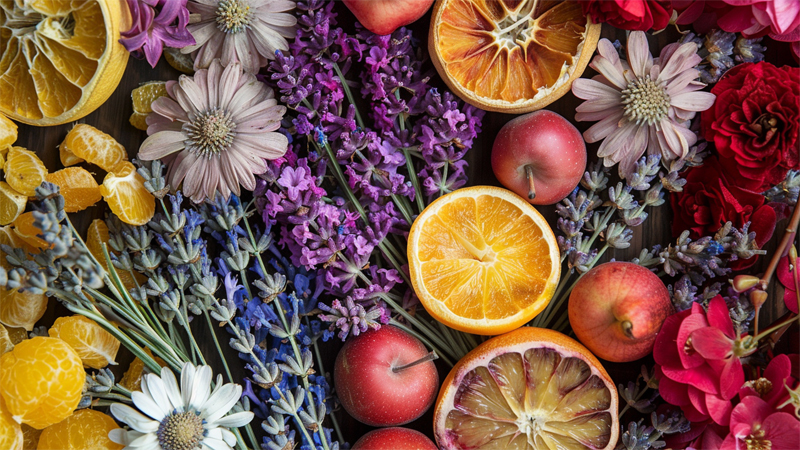
One of the best ways to ensure your botanical resin pieces last is by investing in high-quality resin. Cheap resin might look fine initially, but over time, it can yellow or crack, which can ruin the preserved flowers or fruit. Choose a UV-resistant resin2 for better protection.
Another trick is to apply a clear protective coating once your piece has cured. This extra layer helps protect against fading, scratches, and environmental factors.
Avoiding Direct Sunlight
Sunlight can cause the resin and the flowers or fruit to deteriorate more quickly. For longer-lasting beauty, keep your finished resin crafts in a place where they are protected from direct sunlight and heat.
Conclusion
By following these steps, you can preserve the beauty of fresh flowers and fruit slices in resin for years to come.


